In September 2025, the Mexican president proposed imposing tariffs of up to 50% on China and other countries. This would have affected 1,371 tariff codes, representing 16.8% of all Mexican tariff codes.
Less than a month later, the president abruptly reversed course, announcing a "pause" on the tariff proposal and instead stating a willingness to negotiate with China.
While Mexico attempted to curry favor with Trump by "cutting China's flesh," it may have backfired.

Mexico Takes Action Against China
On September 10, 2025, Mexico's Minister of Economy officially announced the tariff reform proposal.
This proposal covers products under 1,371 tariff codes, representing nearly one-sixth of all Mexican tariff codes.
The sectors affected include automobiles, auto parts, steel, textiles, apparel, and other industries. The magnitude of the tariff adjustments is equally striking. Import tariffs on light vehicles will rise from the current 15%-20% to 50%.
Auto parts will rise from 0-35% to 10%-50%.
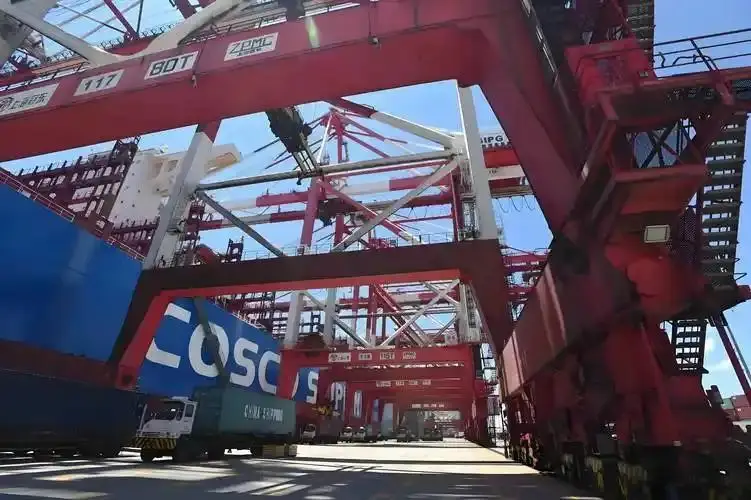
This proposal targets all "partner countries" with which Mexico does not have a trade agreement.
This includes China, South Korea, India, Indonesia, Russia, Thailand, and Turkey.
Mexican President Sheinbaum offered a plausible justification: protecting domestic jobs and preventing low-priced goods from circumventing tariffs through re-export through third countries.
He particularly emphasized the crucial role of the automotive manufacturing industry, a pillar industry that accounts for 23% of Mexico's total manufacturing value.

Without imposing high tariffs on China's auto industry, Mexico will have little recourse.
Analysts point out that this tariff increase will primarily impact electric vehicles manufactured in China and sold in Mexico.
BYD and Tesla will be the two companies most affected.

However, the "protecting domestic industries" rhetoric pales in the face of the Trump administration's relentless pressure on Mexico.
Mexico has already suffered two rounds of US tariffs this year.
The first round of 25% tariffs took effect in March.
The second round of 30% tariffs was originally scheduled for July, but with a 90-day grace period.
This grace period expires at the end of October.
This means that if Mexico cannot obtain tariff exemptions or reductions from Trump, it will face a total tariff rate of 55%, exceeding that of India,
making it the heaviest tariff burden among US allies.
Trump's true goal has never been to protect Mexican manufacturing.
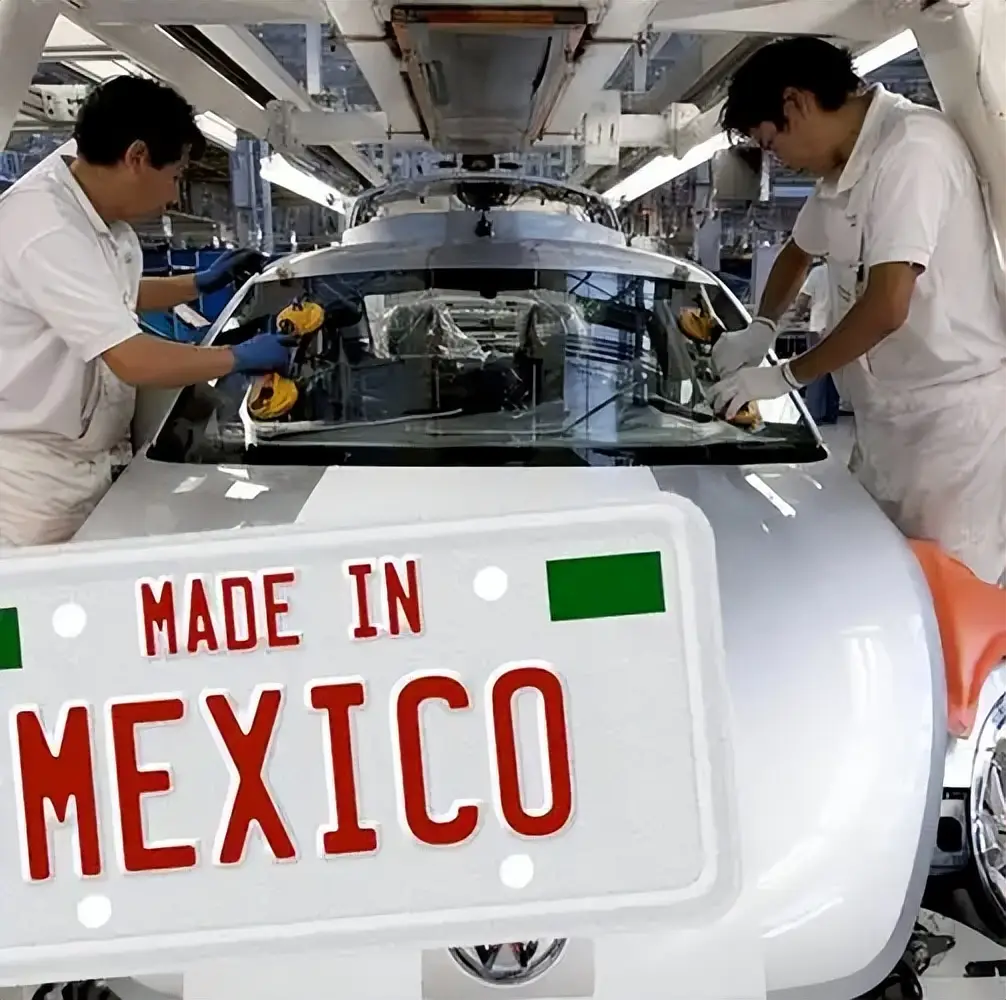
It was to demand that Mexico reduce its commercial ties with China, fearing that Mexico would become a "backdoor" for Chinese goods to enter the US market.
However, despite Mexico's previous implementation of multiple rounds of tariffs and quotas,
Mexico's trade deficit with China has still reached a new high. Chinese goods are irreplaceable in the Mexican market.
China's response was swift and precise.
Shortly after Mexico announced its tariff proposal, China issued a severe criticism of it, claiming it would undermine the confidence and "legitimate rights and interests" of Chinese investors. It also explicitly warned of taking "necessary actions" in retaliation.
As early as June of this year, based on its assessment of the escalating trade tensions between China and the United States, China proactively issued a global statement.
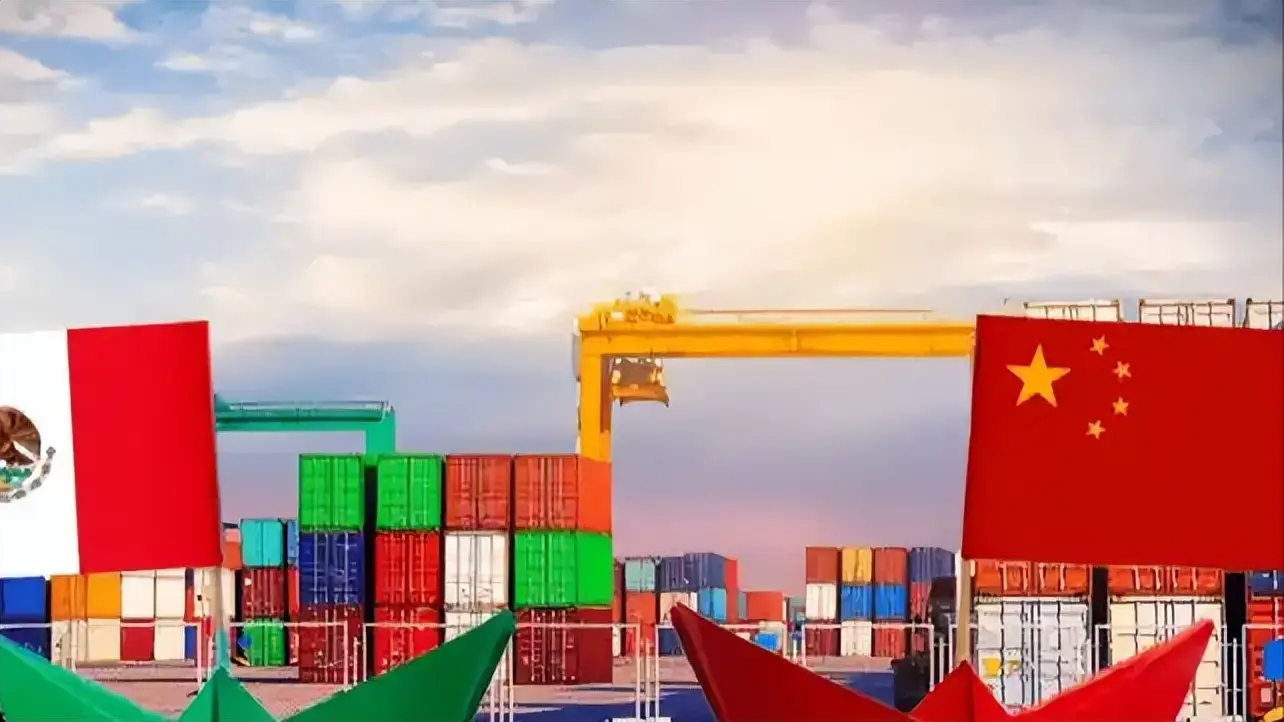
Any country that uses China's interests as leverage in trade negotiations will be subject to countermeasures.
This effectively drew a red line in advance.
China resisted and criticized this, serving as its first warning to Mexico.
On September 25, 2025, China's Ministry of Commerce announced two countermeasures.
First, it launched an anti-dumping investigation into imported pecans originating from Mexico and the United States.
Second, it launched a trade and investment barrier investigation into Mexico's restrictive measures against China.
These two measures may seem insignificant, but the signals they send are clear.
For countries like Mexico, China's signals are clear. It's fine if you want to curry favor with the US, but don't use China's interests as leverage.
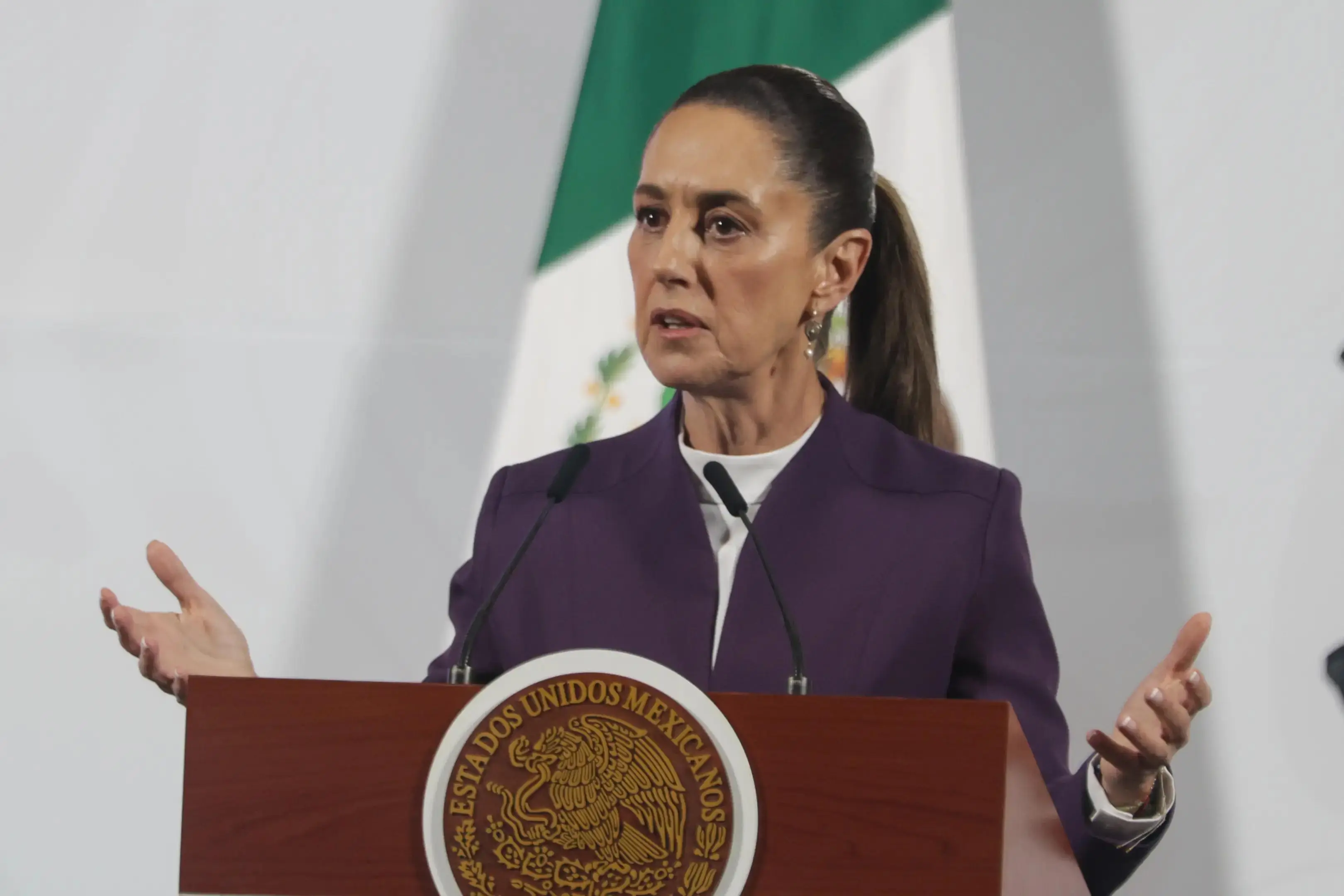
China also emphasized the positive aspects of China-Mexico relations.
China stated that both China and Mexico are important members of the Global South, and mutual benefit and win-win cooperation are the essential characteristics of bilateral economic and trade cooperation.
Even more noteworthy, China has already opened up the heart of the Americas through countries like Brazil.
Even if Mexico truly closes its doors, the channels for Chinese goods to enter the Americas market will not be completely blocked.
It will simply be a few more steps and increased costs.
Fiscal Calculations and Dilemmas
Mexico's dilemma over tariffs is largely due to a fiscal calculation.
According to projections from the Mexican Ministry of Finance, if the tariff proposal passes,
it will increase Mexico's fiscal revenue by $3.76 billion in 2026.
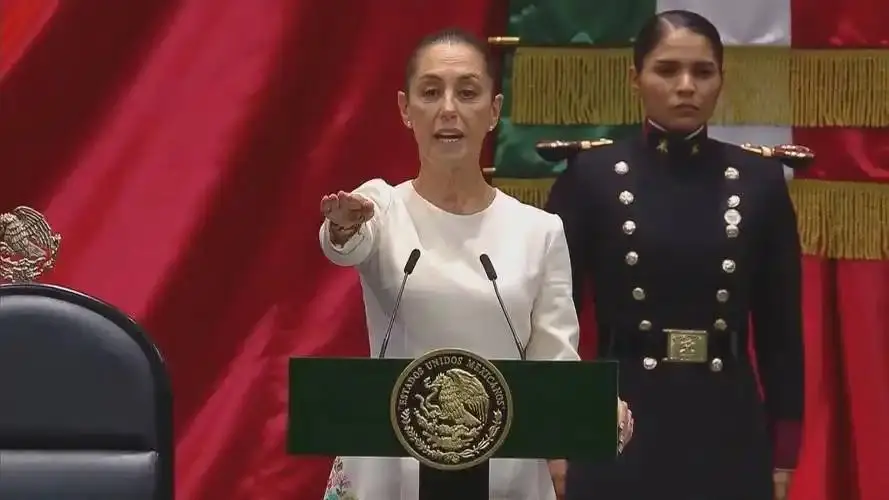
This amount will undoubtedly be a significant source of revenue for the Mexican government.
Mexico's manufacturing industry is highly dependent on imported intermediate goods and components.
If tariffs are significantly raised, these costs will ultimately be passed on to consumers, leading to increased inflationary pressure.
Mexico faces a classic "double dependency" dilemma.
The US market is crucial to Mexico.
Mexico attracts multinational corporations because of its geographical proximity to the US and the tariff benefits offered by the United States-Mexico-Canada Agreement (USMCA).
China, on the other hand, is Mexico's second-largest trading partner and its largest source of imports among non-trade agreement partners.
The loss of the Chinese market or Chinese goods would have a significant impact on Mexico's economy.
Mexico is attempting to use China as a bargaining chip in negotiations with the US in exchange for tariff exemptions.
But given the relative size of the Chinese and Mexican economies, this approach is tantamount to "an ant trying to move an elephant."
Mexico simply cannot move this "huge rock" of China and could even end up breaking itself.
It wants to both curry favor with the US for tariff exemptions and hope that China will "understand" its difficulties.
On October 9th, Sheinbaum abruptly changed his tone at a regular press conference, stating that Mexico is in consultation with China and other countries regarding tariff increases. The proposal will be discussed for potential adjustments, and the legislative process will be pursued after these adjustments are completed.
Sheinbaum's remarks at the press conference were quite moderate.
She emphasized the excellent relationship with China and expressed her hope to maintain a good relationship with them.
She also specifically denied any suspicion of "coercion," stating that the tariff increase was not a "coercive measure."
Industry insiders pointed out that Mexico's proposed tariff increase plan smacked of clear protectionist overtones.
When the United States wielded the tariff stick, demanding Mexico "choose sides,"
Mexico neither wanted to offend the United States nor give up the Chinese market.
Hence, the repeated oscillation of "tariff increases, then suspensions" occurred.
Trump's 90-day grace period expires at the end of October.
If Mexico fails to offer a satisfactory "pledge of allegiance" to the United States, it could face a hefty 55% tariff.
And if Mexico does take action against China, China's countermeasures will be unforgiving.
Conclusion
This one-month window could be a matter of life and death for Mexico. In the context of the Sino-US rivalry, any attempt to curry favor with the US by "cutting China's flesh" will not yield good results. Mexico's "pause" may just be the first step in recognizing reality.
